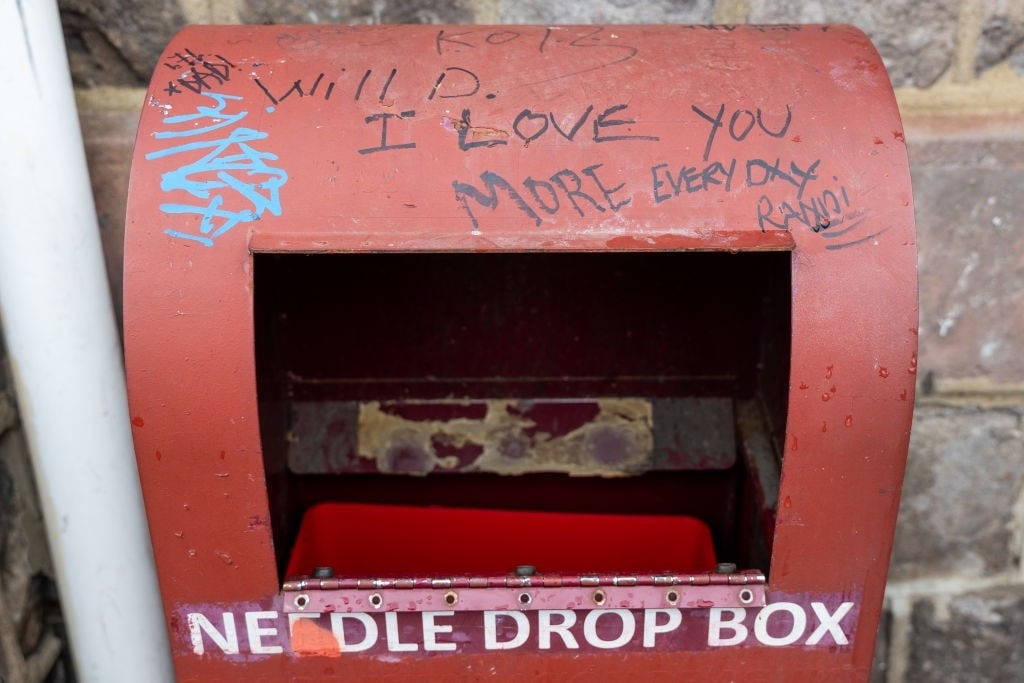Last week, in Middletown, OH, the city council agreed “to accept the material terms of the national opioid settlement agreement involving Kroger,” the Journal-News reported. More settlements are available to the state’s communities, too, from Johnson & Johnson, Walmart, Walgreens, and four others, estimated to total $51 billion, paid incrementally over the coming years. Meanwhile, Purdue Pharma’s nationwide settlement remains on hold after the Supreme Court denied Purdue’s offer last month, to keep certain members of the Sackler family from dodging civil lawsuits. Still, government coffers across the nation have collected, since May 2022, more than $4.3 billion from companies that helped facilitate the ubiquitous use and accessibility of painkillers such as Oxycontin.
All that money and plenty to come, but where is it going?
Opioid Settlement Money Lacks Oversight
Transparency regarding the opioid cash has been an issue in many states. A week ago, Politico reported that New York’s Opioid Settlement Fund Advisory Board is calling on “New York City, Nassau County and Suffolk County to release more data on their opioid settlement expenditures.” Scenes like this have been happening for a while. Last year, Harm Reduction Ohio sued “the group in control of most of the state’s settlement dollars, for violating public records and open-meeting laws,” reported KFF Health News. And Michigan’s Department of Health and Human Services caught attention when it spent more than $40 million in settlement funds and wouldn’t share publicly where all the money went.
 “Nationally, there has been little oversight of the settlement dollars. President Joe Biden’s administration pledged to ensure the funds went toward tackling the addiction crisis, but has taken little action. Accountability at the state level varies,” according to KFF, which has been tracking the money nationwide.
“Nationally, there has been little oversight of the settlement dollars. President Joe Biden’s administration pledged to ensure the funds went toward tackling the addiction crisis, but has taken little action. Accountability at the state level varies,” according to KFF, which has been tracking the money nationwide.
In 2023, Greene County, in northern Tennessee, used $2.4 million to pay down its debt and “appropriated $50,000 from that fund to buy a ‘litter crew vehicle’ — a pickup truck to drive inmates to collect trash along county roads.” Mendocino County in rural California spent more than $63,000 of its opioid money to cover budget shortfalls. Unhelpful, too, is that most states are allowed to replace current funding streams with opioid settlement money. One county in Indiana used a quarter-million dollars “on salaries for its health director and emergency medical services staff.” The money budgeted to pay those wages bought a new ambulance and created “a financial cushion for the health department.” Pennsylvania had one county spend more than $300,000 on a drug court that has existed for years despite having its own financial resources and then used the freed funds elsewhere.
Of course, not all the money is “mishandled,” though that depends on a person’s definition of the word. But, with 100,000 overdose deaths in 2023 alone, one might argue all the money is being mishandled.
On the Other Hand . . .
Much of the opioid settlement funds, however, has been invested in treatment, “building residential rehab facilities or expanding existing ones,” according to NPR. “They’re covering the cost of care for uninsured people and trying to increase the number of clinicians prescribing medications for opioid use disorder.” However, other governments have used the funds “to purchase police patrol cars, technology to help officers hack into phones, and body scanners for jails. Supporters say these tools are critical to crack down on drug trafficking, but research suggests law enforcement efforts don’t prevent overdoses.”
Some people believe that if they can’t end the crisis, they might as well try to save some lives — or give them clean needles. Harm reduction is a popular approach meant to limit negative consequences and is considered a “movement for social justice built on belief in, and respect for, the rights of people who use drugs,” according to The National Harm Reduction Coalition. Tools for this method include medication-assisted treatment. Naloxone, used to reverse opioid overdoses, has no doubt kept many people alive, as have medications like Methadone and Suboxone, both synthetic opioids, widely used to curb cravings and help people stay away from street drugs, though some argue keeping people on opioids is a poor way to get them off opioids.
But is anybody coming up with new ideas? Even if every community could account for every dollar and agree on where to spend every cent to help Americans affected by this seemingly indomitable nightmare, even if the cash was endless, would the effort be enough? Will Purdue’s money even make a dent in this crisis if the nation continues to throw billions of dollars into the same inadequate remedies? Last year, nearly 85,000 people in the United States died from opioid-related overdoses, about 4,000 less than in 2022. Some lives were saved, true, but at this rate, how many more will be lost while complacent politicians and bureaucrats treat the settlement money like supplemental income?




